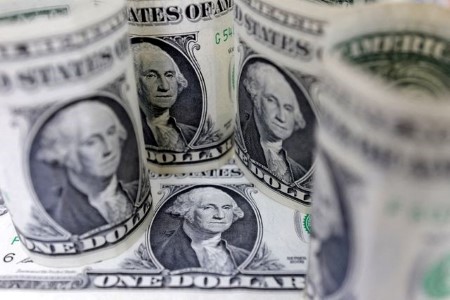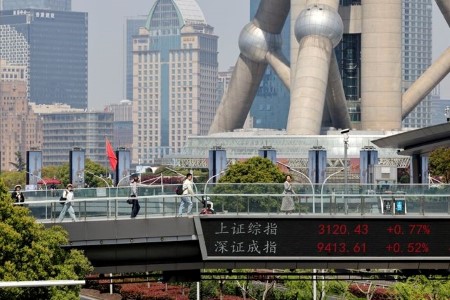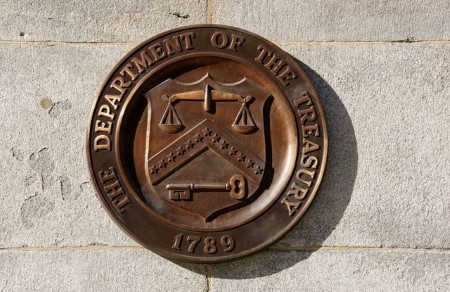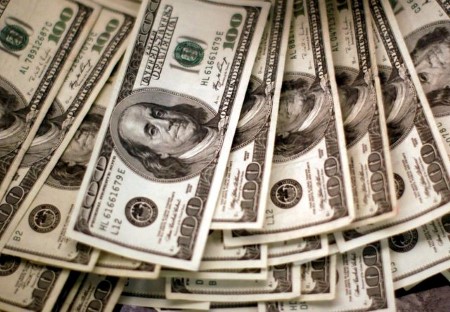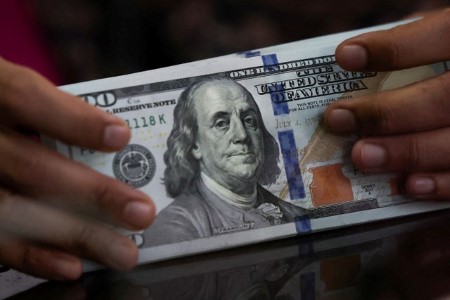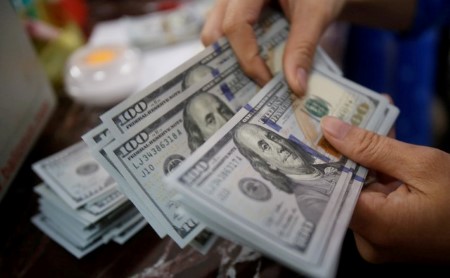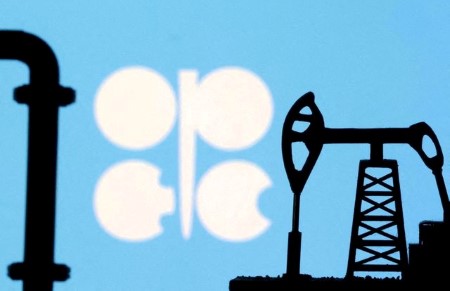NEW YORK – US Treasury auctions of notes and bonds this week are even more in focus than usual as tests of market sentiment on US assets, and while investors look like keen buyers of short and medium-term debt, appetite at the long end is more dicey.
These once-routine auctions have become a focus for investors as a gauge of demand, both foreign and domestic, with the July 9 deadline for the 90-day pause on reciprocal tariffs fast approaching.
Aside from bills, the US Treasury will sell a total of USD 119 billion in three- and 10-year notes, as well as 30-year bonds. The latter will be closely watched for signs that bond investors are putting their foot down and rejecting countries with huge fiscal deficits and mountains of debt.
“We are now in an environment where investors are looking at…demand that could be dropping at a time when supply seems to be on the precipice of rising further,” said Zachary Griffiths, head of investment grade and macro strategy at CreditSights in Charlotte.
Bond vigilantes, seemingly back with a vengeance, have questioned fiscal profligacy around the world amid concerns US President Donald Trump’s trade war and tax cuts will fuel inflation, while the tariffs will additionally curb global growth and force governments to spend more.
At the same time, last month’s US credit rating downgrade by Moody’s is a stark reminder that the world’s largest economy is courting disaster with a USD 36 trillion debt pile.
On Tuesday, the Treasury will sell USD 58 billion in three-year notes, followed by USD 39 billion in 10-year debt on Wednesday, and USD 22 billion in 30-year bonds on Thursday. Overall, analysts expect these auctions to go smoothly.
“The trend in these auctions has been reassuring so far,” said Guneet Dhingra, head of US rates strategy at BNP Paribas, in New York. “Largely the auction numbers suggest that there has been no meaningful dent in both foreign and domestic demand.”
Last month’s three-year note auction showed solid results. Indirect bids, which include foreign central banks, took in 62% of the total issuance, lower than April’s numbers, but roughly in line with the average for the last 12 auctions.
Offshore investors, particularly foreign official buyers, typically gravitate toward shorter-term Treasuries, specifically those with maturities of less than five years, according to the latest US Treasury survey.
Jay Barry, head of global rates strategy at J.P. Morgan, wrote in a research note that foreign official institutions’ focus on the front end suggested that any rotation away from Treasuries “could be realized through letting holdings run off and not reinvesting, rather than selling securities outright.”
US 10-YEAR SUPPLY VS CPI
In the case of the 10-year note auction on Wednesday, the outcome is a little trickier to forecast, analysts said, given that it comes on the same day as the release of the US consumer price index data. However, based on auction statistics, there will be no shortage of buyers for the 10-year, analysts said.
Last month’s 10-year auction showed a sturdy outcome. Indirect bids took in about 76% of the total issue, higher than the 12-auction average of 72%.
“The primary driver of a buyer’s strike was thought to be the trade war and stepping back from the Treasury market,” Ben Jeffery, vice president, interest rates trading, at BMO Capital Markets, said in a podcast on Friday.
“Now…the opposite argument might be true, and that is: why would one preemptively pull back from the Treasury market, rather than demonstrate ongoing sponsorship for Treasuries as a negotiating tool? We have yet to see any clear evidence of foreign sponsorship pulling back from Treasuries.”
The US 30-year bond auction, meanwhile, could go either way and some analysts said they would not be surprised if it comes out weaker than expected given the spate of poor long-dated sales globally. That has led to the surge in yields on the back end, particularly US 30-year bonds, which hit 5.16% last month, the highest since October 2023.
“The 30-year is the poster child for all the market’s fiscal concerns,” said BNP’s Dhingra. “But if you look at the statistics available until April, you can see that the 30-year bond auction numbers have seen pretty stable demand from dealers.”
But last month’s 30-year auction was not well-received, picking up a yield that was higher than the expected rate at the bid deadline, suggesting investors demanded a premium to purchase the bond. Indirect bids were marginally lower than the 12-auction average. The 30-year bond also did not fare well at the April auction.
“Demand from foreign investors for 30-year bonds has probably plateaued,” said CreditSights’ Griffiths.
(Reporting by Gertrude Chavez-Dreyfuss; Editing by Alden Bentley and Andrea Ricci)







 DOWNLOAD
DOWNLOAD




